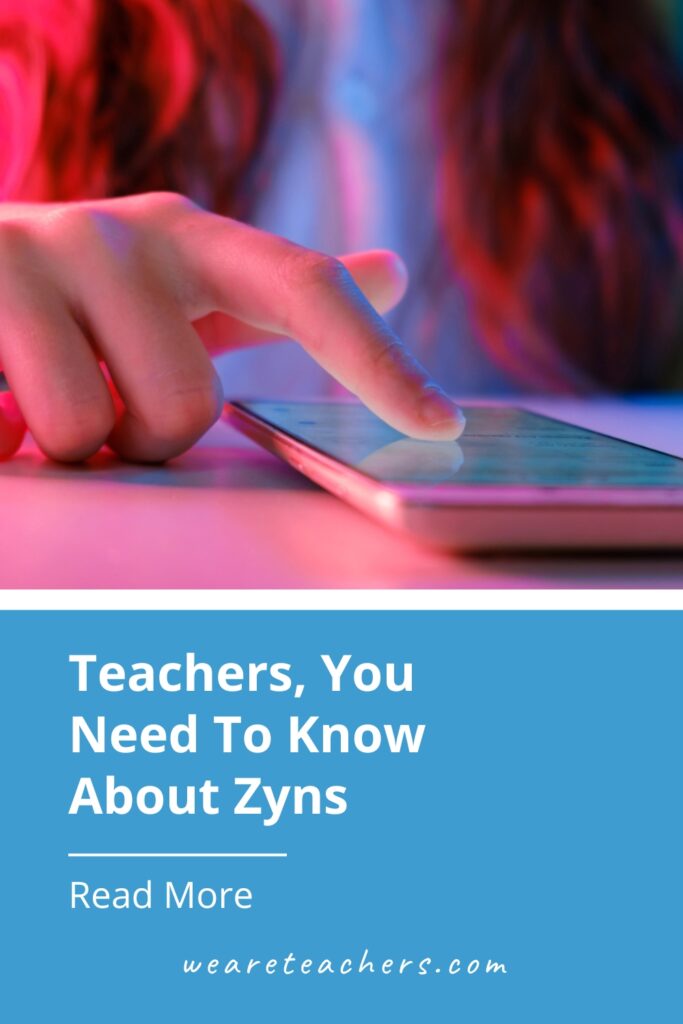Along with parents, middle and high school educators have a new trend to worry about: Zyns.
In the age of social media, the landscape of influence has shifted dramatically. From promoting products to shaping cultural norms, platforms like TikTok and YouTube have become breeding grounds for marketing, often targeting the most vulnerable demographic: teenagers. As educators, understanding this phenomenon is crucial for safeguarding our students’ well-being and navigating the complexities of online influence.
What are Zyns?
Despite its prevalence in the market, many adults remain unaware of Zyn, a nicotine pouch marketed as a safer alternative to cigarettes. These pouches, discreetly placed under the lip, have gained popularity among teenagers, fueled by influencer marketing on platforms like TikTok.
Zyns come in two strengths, 3 and 6 milligrams, the latter of which has spawned a series of “first time” videos on TikTok of users throwing up or vomiting in response to the high dosage. While they’re marketed as smoke-free and thus safer than their vape alternatives, they’re still addictive, and dentists are already seeing gum injuries in users.
Zynfluencing
So, how do kids know about Zyn and other nicotine pouches? The way they know about anything: TikTok. “Zynfluencers” like the Nelk Boys and Freezer Tarps have a powerful effect in their promotion of Zyns on social media. Unfortunately, influencers are getting better at blurring the line between advertisement and entertainment, making Zyns particularly appealing to younger audiences.
Regulatory challenges
Despite regulations prohibiting the promotion of nicotine products to minors, loopholes in existing laws and the fast-paced nature of online content make enforcement difficult. Government agencies, overwhelmed by the rapidly evolving digital landscape, struggle to keep up with emerging trends and protect youth from harmful influences.
What teachers can do
With schools still struggling to keep vaping under control, the sneakier Zyn trend is like getting hit while we’re already down. But staying informed is better than remaining unaware. The more we know, the more we can have open conversations with students about the risks associated with nicotine use and empower them to make smarter decisions.
Talk to students about nicotine pouches, but talk to them, too, about influencers and echo chambers. Teenagers don’t like feeling like they’re being tricked or commodified. Show them how the algorithm learns and exploits their interests to make it seem like everyone has x product or is doing y new trend.
Navigating the digital threats in an ever-changing landscape can feel hopeless. But teenagers are smarter than we give them credit for. We need to shift strategy from trying to keep up with the newest landscape to teaching our students how to dismantle the illusion of the landscape itself.
Looking for more articles like this? Be sure to subscribe to our newsletters!


